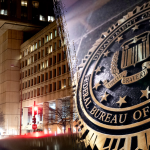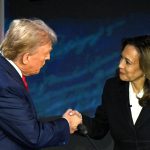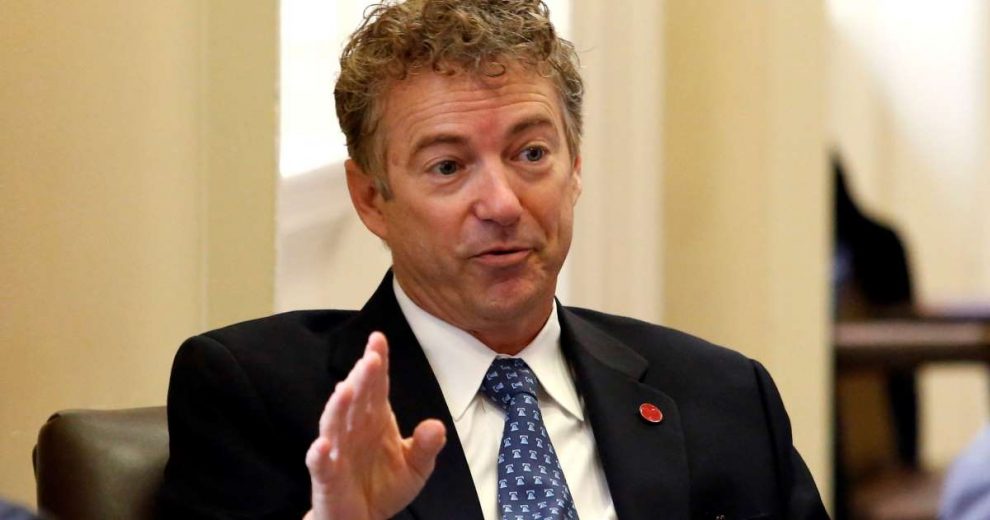Sen. Rand Paul on Thursday accused YouTube of censoring his speech from the Senate floor last week about the impeachment trial — a speech in which he mentioned a name some believe to be the whistleblower who ignited the investigation into President Trump.
Mr. Paul called it “chilling and disturbing” for the media giant to pull down his video.
He pointed out that while he mentioned names and connections, he never identified anyone as being the whistleblower. He said he doesn’t actually know the whistleblower’s name.
“Now, even protected speech, such as that of a senator on the Senate floor, can be blocked from getting to the American people. This is dangerous and politically biased,” he said.
“Apparently, YouTube has taken it upon itself to decide what questions can even be asked in the public debate, including on the Senate floor,” the Kentucky Republican added.
YouTube defended its move, saying that’s its policy.
“Videos, comments, and other forms of content that mention the leaked whistleblower’s name violate YouTube’s Community Guidelines and will be removed from YouTube,” said Ivy Choi, a spokesperson. “We enforce our policies consistently without regard to political leaning and have removed hundreds of videos and over ten thousand comments that contained the name.”
The spokesperson did not say how YouTube knew the name of the whistleblower.
Elite Ivy League campus latest to grapple with mass shooting as violence erupts at Brown University
FBI ousts reinstated whistleblower over unauthorized media talks, ‘poor judgment’
Breaking: Shooting at Brown University, 2 Dead
Op-Ed: The Friendly Housekeepers’ Fraud
Op-Ed: Political Division Is So Severe America Should Split in Two
Trump takes the field at Army-Navy game for coin toss, military flyover
Fact Check: No, Catholic Missionaries Didn’t Put 200 Canadian Natives in Mass Graves Near a School – the Entire Slaughter Was a Fraud from the Start
Op-Ed: One Year After Trump’s Election, Here’s What Changed
At least 2 dead, 8 in critical condition after mass shooting at Brown University; manhunt underway for suspect
Trump vows ‘very serious retaliation’ against ISIS after deadly Syria ambush kills US soldiers
Maduro trapped with few retaliation options after Trump admin seizes Venezuelan oil tanker
Israel kills top Hamas commander hours after terrorists attacked Israeli soldiers
Despite Legendary Season From Ohtani, Time Goes With Woke Pick for ‘Athlete of the Year’
Man uncovers missing father’s bones buried beneath family home, unleashing ‘a thousand’ other secrets
Elon Musk blasts Newsom’s office, says his son is battling mental illness due to ‘evil woke mind virus’
That has been one of the thornier issues in the debate. No official source has confirmed the name, so organizations such as YouTube are generally operating off of a belief — effectively lending more credence to the notion that the whistleblower is the person whose name appears in the video.
YouTube isn’t the only one to refuse to accommodate Mr. Paul in his determination to use the name.
Chief Justice John G. Roberts Jr., who presided over the impeachment trial of President Trump in the Senate, refused to read a question Mr. Paul wanted to ask. He apparently thought the question trod too closely to the identity of the whistleblower.
Mr. Paul did get his say later, during time allotted for senators to speak, when he read out the question he’d wanted to ask had he been allowed by the chief justice.
The whistleblower’s complaint last summer launched the impeachment of Mr. Trump.
Articles containing the accusation are part of the Congressional Record, and Mr. Paul’s speech is also still part of that permanent record.
Story cited here.
























